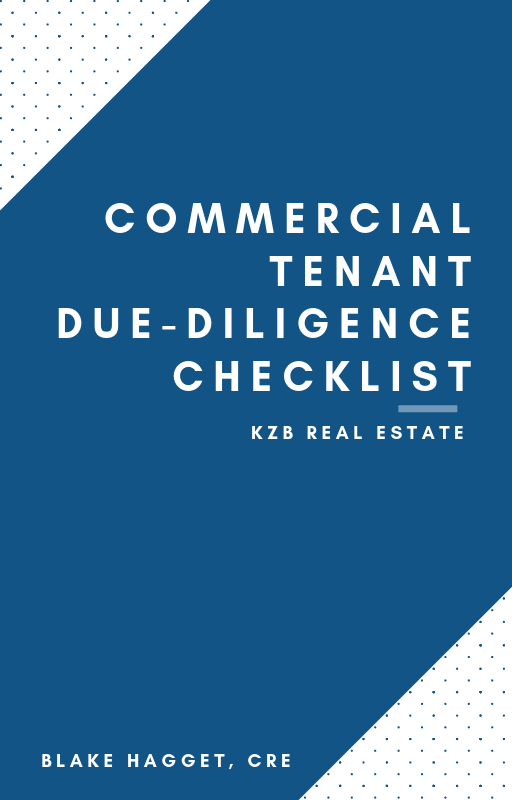Commercial Property Underwriting

Investing in commercial property is a risky deal, especially if you need a real estate loan. Your loan application will be examined by the lender’s underwriter who will ultimately decide whether you’ll get the loan or not. That’s why is important that you do your paperwork and provide full documentation as well as have clear strategies and goals as an investor. Commercial property underwriting is not something you can do on your own, however, understanding the basics may help you get the deal.
What Is Commercial Property Underwriting?

Commercial property underwriting is evaluating both the risks and return on investments of a particular commercial real estate loan. In this process, the lender decides whether the loan applicant is eligible for the loan with the help of an underwriter. The goal of commercial property underwriting is to determine the creditworthiness of a loan applicant and to reveal the level of risks for the lender. For this purpose, the underwriter evaluates the borrower’s credit history, debt service coverage ratio, net operating income, and effective gross income in order to determine whether a loan should be approved.
Commercial Agents Role in Underwriting
The underwriter decides whether a borrower is eligible for a loan. They analyze the applicant’s documents, determine property value and risks involved in order to determine whether a borrower will be able to repay the loan. The underwriter usually deals with a lot of paperwork and makes a variety of calculations by examining the borrower’s credit score, credit history, cash flow statements, debt-to-income ratio, and net worth.
Aside from that, the underwriters also need to determine whether a particular property is a worthy investment. This type of analysis will prove to the borrower that they can expect effective gross income and future increase of value.
How to Underwrite A Commercial Property
Underwriting is usually initiated by an investor or a lender who has received a loan application. The underwriters need to review the borrower’s documentation, including credit history and identifying documents. If the documentation is complete, the underwriters will then start an evaluation of the value of the property (property appraisal).
Understanding Commercial Property Underwriting and COPE

Underwriters evaluate the value of a commercial property by following these four basic elements: Construction, Occupancy, Protection, and Exposure (COPE). These four areas are evaluated by an underwriter so they can examine the risks involved in insuring commercial property. All these elements represent a different type of risk so they all have a different type of evaluation model. After considering all these factors, the underwriter decides whether or not a policy should be created.
Construction
In order to create an insurance policy, underwriters need to explore the location of a property, the quality of the materials it was constructed with, and the property’s age. They would also look at the electricity and other systems within the structure of the building so they can learn if there’s a risk of future damages. The materials used to construct the building are divided into subcategories such as wood and masonry so the underwriter sees whether there are high chances of fire. Older properties may have outdated electrical and plumbing systems which can also influence the insurance policy. Underwriters can’t insure commercial real estate without first evaluating every aspect of how the property was constructed.
Occupancy
Underwriters also analyze who is using the property and what for. Is the property a factory occupied by a dozen of workers of big office space with hundreds of employees? The number of people that are using a certain property proposes different types of risks. Also, what’s the property used for? Is it a building with residents, a restaurant, or office space? All these properties come with a unique set of risks because of the different activities that go on inside the property.
Protection
Underwriters may evaluate office spaces that are not near a fire department far riskier than apartments complex with hundreds of residents where there’s a proper city structure for preventing fires. How protected one property is largely depends on the two previous elements: construction and occupancy.
Exposure
Another important factor underwriters examine is the area surrounding the property and whether there are any risks in the immediate location that can cause damage to the building. Wildfire areas, floods, and earthquake zones are all areas with potential sources of damage for a property.


